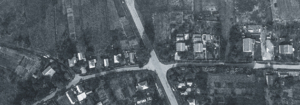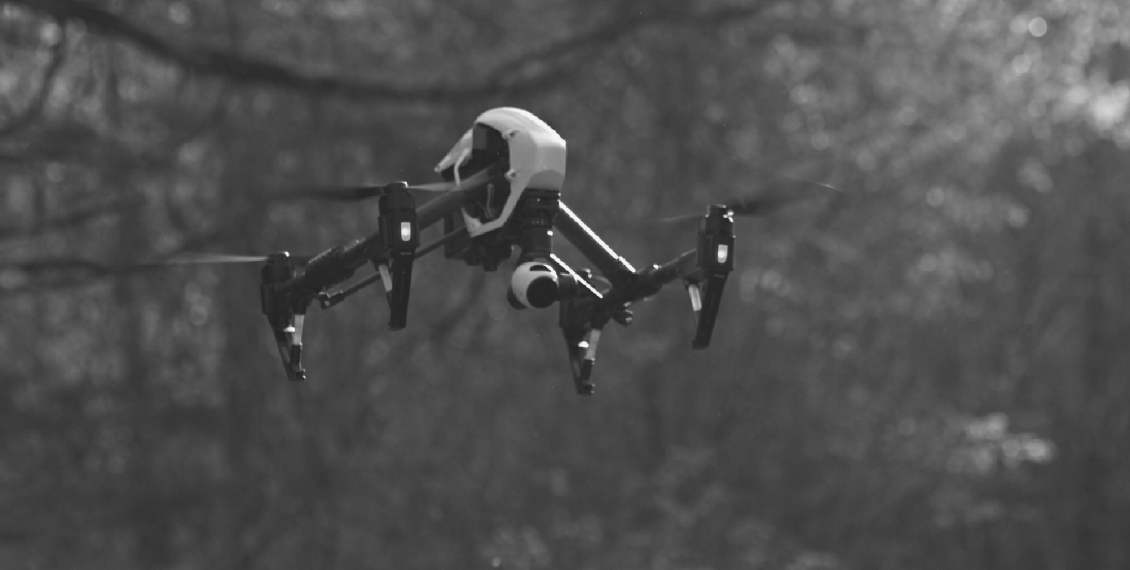Hit The Skies Running!
Hit The Skies Running!

Surpasses D.G.C.A Knowledge Requirements

Offline by Design. For an Engaged & Collaborative Learning Experience.

Theory. Piloting Skills. Industry Best-Practices.

Surpasses D.G.C.A Knowledge Requirements

Offline by Design. For an Engaged & Collaborative Learning Experience.

Theory. Piloting Skills. Industry Best-Practices.
Equip your team with the knowledge, piloting skills and industry’s best practices. The Professional RPAS Operations course for, delivers and surpasses the regulatory knowledge requirements to conduct advanced flight operations. In combination with hands-on flight training, this course effectively prepares students to sit for the written and practical exams coming into force in 2018/2019 for the issuance of an RPAS Pilot Permit.
Using a scenario-based approach to training, a highly-regarded construct in aviation, this course ensures that students have the opportunity to apply newly acquired theoretical knowledge to practical exercises delivered throughout the course.

Learning Outcomes
- Describe the regulatory requirements to conduct legal RPAS operations in India
- Critically assess the factors that have the potential to introduce risk to RPAS operations (e.g. weather, human factors, systems, etc.) and describe how they would mitigate those identified risks)
- Access and analyse aeronautical charts and flight publications for the purposes of conducting a site survey, ATC coordination, property permission, and pre-flight activities
- Retrieve weather and NOTAM information and assess the impact on flight operations
- Assess the airworthiness of their aircraft prior to and during a flight operation
Module 1: Introduction
This foundation module provides historical, regulatory, and operational context to navigate the remotely piloted aircraft industry. By exploring the past, present, and future of these aircraft and the industrial applications they’ve come to dominate, we can understand how this disruptive technology is creating both opportunities and challenges.
- Introduction to Drones
- Types of Drones & Category
- History of Drones
- Military Drones
- Application
Module 2: Rules & Regulation
By appreciating the need for regulation, and understanding how aviation authorities have achieved the unprecedented levels of safety in our industry, we can then explore the practicalities of regulation as it applies to RPAS operations by DGCA in India. This module will explore:
- Classification of Drones
- Important Terminologies
- Basic Air Regulations
- Procedures for Registration of Craft & Pilot
- Salient Points on the Role of
- Important Do’s and Don’ts
Module 3: Basic Principles of Flight
This module begins with the principles of flight as first discovered and defined by the likes of Sir Isaac Newton, and Daniel Bernoulli. It then explores the evolution of modern aircraft flight control systems used on both fixed and rotary-wing aircraft and concludes with an examination of multi-rotor flight theory. Core concepts in this module include:
- Fundamentals of Flight
- Fixed-Wing, Rotary-Wing and Multirotor Principles of Flight
- Aerodynamics
- Take-Off, Flight and Landing
- Manoeuvres, Turn and Circuit Pattern
- Aircraft Components and Terminology
Understand the different types of fixed-winged drones and its uses in various applications both civilian & military. The difference in operations between the fixed-wing and the multirotor drones
Module 4: Fixed Wing
Types of fixed-wing drones make, parts and terminology
- Operation and Manoeuvres of Fixed Wing Drones
- Applications and Operations
- Advantages/Disadvantages
Module 5: Multi Rotor Introduction
What are the components that make the drone esp. the multirotor such a versatile bird. Importance of the main components of the drone which is important from the point of view of safety and troubleshooting diagnostics.
- Basic Drone Terminology
- Drone Components
- Drone Assembly
- Placements and Mounting
- Advantages /Disadvantages
Module 6: Payload Installation & Utilization
Drones by themselves are mere vehicles to carry the tools of the application that they would be carrying out during flight. These are known as payloads and there are various kinds of payloads which differ in size and weight. These payloads could be used for land mapping, aerial cinematography, structural inspection etc.
- Types of Payload
- Parts of Payload
Module 7: Drone Equipment Maintenance, Calibration and Safety Recovery
Drones are like commercial or military aircrafts which are complex machines and require due diligence when it comes to maintenance and upgrades. Safety of the UAV and the pilot depends completely on how these birds are maintained on a regular basis. The checks that are mandated as a part of the SOP ( Standard Operating Procedure) , the troubleshooting and the time to time calibration of the key components are the key to safe and responsible flying.
- Pre-Flight Checks
- Post Flight Checks
- Drone Troubleshooting/ Safety Recovery
- Calibration of Drone
Module 8: Weather and Meteorology
Meteorologists also use satellites to observe cloud patterns around the world, and radar is used to measure precipitation. “Meteorology and flight planning are totally hand in hand,” as said by pilots “Not only where you’re going, but what it’s going to be like when you get there.” For drone pilots Knowing the forecast at take-off is just as important as flying itself. This knowledge plays a vital role for aircraft safety and smooth and safe flying for the pilot.
- The Standard Atmosphere
- Measuring Air Pressure
- Heat and Temperature
- Wind
- Moisture, Cloud Formation
Module 9: ATC Procedures
Air traffic control (ATC) is a service provided by ground-based air traffic controllers who direct aircraft on the ground and through controlled airspace, and can provide advisory services to aircraft in non-controlled airspace. Drone pilots flying drones which are above the 2 kg category would be needing a lot of interaction with ATC of their location if they are to fly their craft safely.
- Understanding ATC Operations
- Airspace Structure and Airspace Restrictions with Knowledge of no Drones
- Basics of RTC and Communicating with ATC Including Position and
Altitude Reporting
Module 10: Image /Video Interpretation
- Principles of Observation
- Interpretation of Image/Video
- Analysis
Module 11: Radio Telephony Basics
The importance of RTC or Radio Telephony Communication in aviation is to increase the level of safety and reduce accidents that could be prevented. This is true for manned and unmanned aircraft. Communication in aviation is a unique language which is precise and needs to be understood.
- General Procedures
- Introduction
- Use of VHF RTF Channels
- Transmitting Technique
- Transmission of Letters
- Standard Words and Phrases
- Callsigns for Aeronautical Stations
Module 12: Flight Simulator
A drone flight simulator is exactly what it sounds like: it’s a software program built to simulate the experience of flying a drone by using a real drone controller. This is a very important component of the pilot training as this will get you prepared for the real thing. If you are having a hard time figuring out if you could be a drone pilot, then you should first check out your skills on drone Simulator. However, the thing that you want to learn in the drone simulator is the concepts and the physics of a real drone flight.
- Basic operation features of simulator
- Different flight simulators in the market
- Demo Simulator flight and Practical
Practical Flying: Instructor Led & Solo
Practical Flying Solo & Evaluation
Module 13: Flight, Battery & Maintenance log Books
The RPAS logbook, just like a maned aircraft logbook. It records all data concerning the aircraft. The Information gathered in this log is used to determine the aircraft condition, date of inspections, airframe, engines, propellers and batteries. In case of a hybrid, there would be the use of fuel as well.
- Aircrafts Detail
- Flight Log
- Battery Log
- Equipment Log
- Firmware/Software Version Record
Evaluation (Theory & Simulator)
Six days of learning crunched into a half day paper test and evaluations.
- Certification
- Final Handshake
- Exit Learning Review

